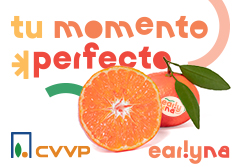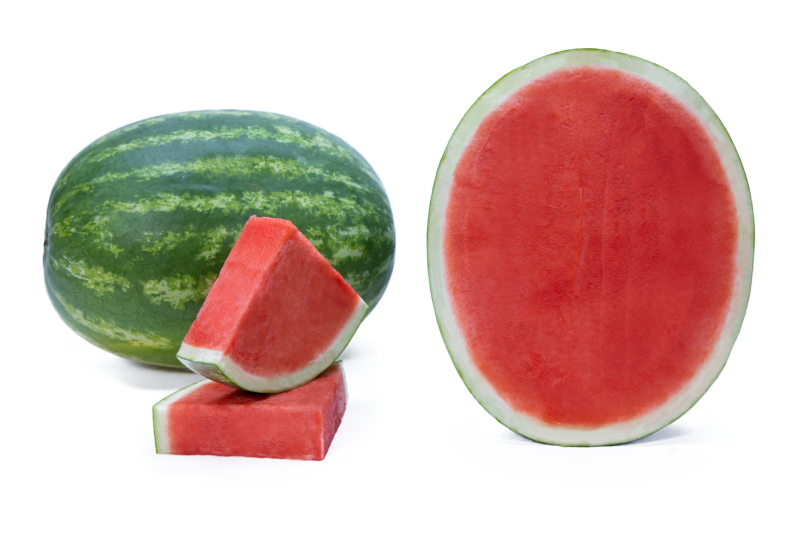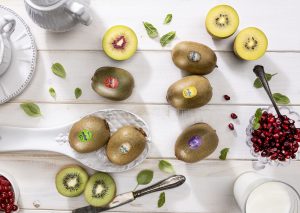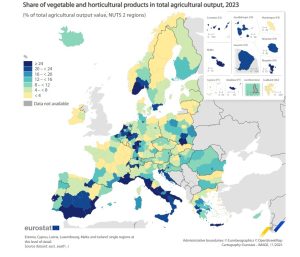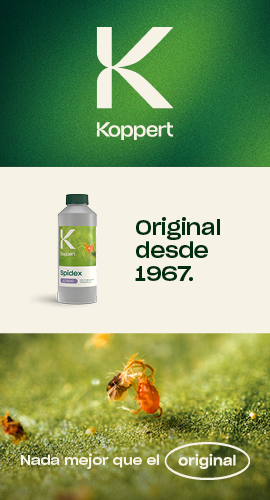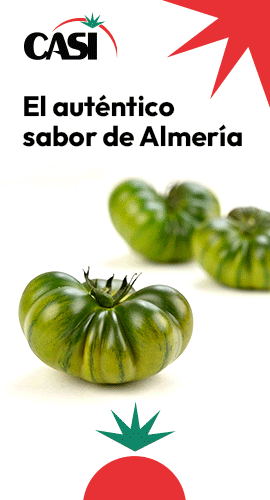Syngenta has kicked off the spring/summer campaign on a high note. In watermelons, Ágata has seen a significant rise in sales, with “very high demand, especially in Murcia for the mid-late segment, and Castilla-La Mancha, although sales have also increased in Seville,” explains Víctor García, Cucurbits Manager at Syngenta, to Fruit Today.
Quality and performance
This variety is designed for summer. Its plant type, hardiness, and production capacity make it ideal for high temperatures. Its strong field performance and high fruit quality have positioned Ágata as one of Syngenta’s flagship varieties. “Within the white seedless category, it’s our most important variety for open field production after Red Jasper.” Kasmira and Motril follow in the ranking.
Key agronomic advantages include optimal vegetative development and plant vigour, along with high productivity. Ágata also offers a thick rind that ensures good shelf-life in the field and during transport, and a fruit size suitable for both export and domestic markets—including for halved or quartered products, thanks to its intense flesh colour and firmness.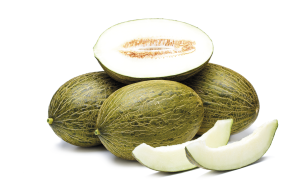
On the latter point, García notes a “very strong and growing demand for watermelons with firmer flesh. Buyers are looking for dual-purpose fruit that can withstand increasingly extreme summer conditions.”
(Re)launch
One of Syngenta’s major novelties this year is the introduction of Cato, an ultra-firm Crimson-type variety for processing. Already commercial in the United States and Brazil, it is now available in Spain. Cato follows Crisp Delight in Syngenta’s U.S. breeding line and offers high firmness, a high dry matter content, deep red colour, and large fruit size.
In response to growing demand for firmer watermelons, Syngenta is also betting on Bahama, a black-skinned variety (like Jamaica) widely used in counter-season production and already established in markets like Brazil. “Customers are increasingly asking for it because it’s firmer than Jamaica. We’re introducing it here for open-field cultivation. It has a longer cycle than Jamaica,” García adds.
Melon growth too
Syngenta is also expanding its footprint in melons. Bobal continues to gain market share in Almería and early-season Murcia. Together, Bobal and Graciano make Syngenta the “leading supplier of early Piel de Sapo in Almería and Murcia, with more than 50% of the market in this segment.”
RELATED NEWS: Syngenta strengthens its leadership in late california peppers
Bobal is also the “first truly competitive variety” on the market with the most complete resistance package (New Delhi virus, powdery mildew, aphids), plus excellent flavour and agronomic traits. “Branded retail is highly demanding. It requires a high sugar level, excellent skin patterning, and good shelf performance—and Bobal meets all these criteria.”
What’s next
At Syngenta’s upcoming summer field days in Murcia, the company will showcase several pre-commercial Piel de Sapo varieties. The most important is MP7758, developed for summer open-field production (mainly planted mid-April to May). It offers resistance to New Delhi virus, powdery mildew, and aphids. It follows on from Bobal, completing the range with a fully resistant mid-season option. García highlights its vigour and hardiness—perfect for this planting window—along with flavour and fruit traits aligned with Bobal.
The field days will also feature new Charentais and yellow melon varieties.







